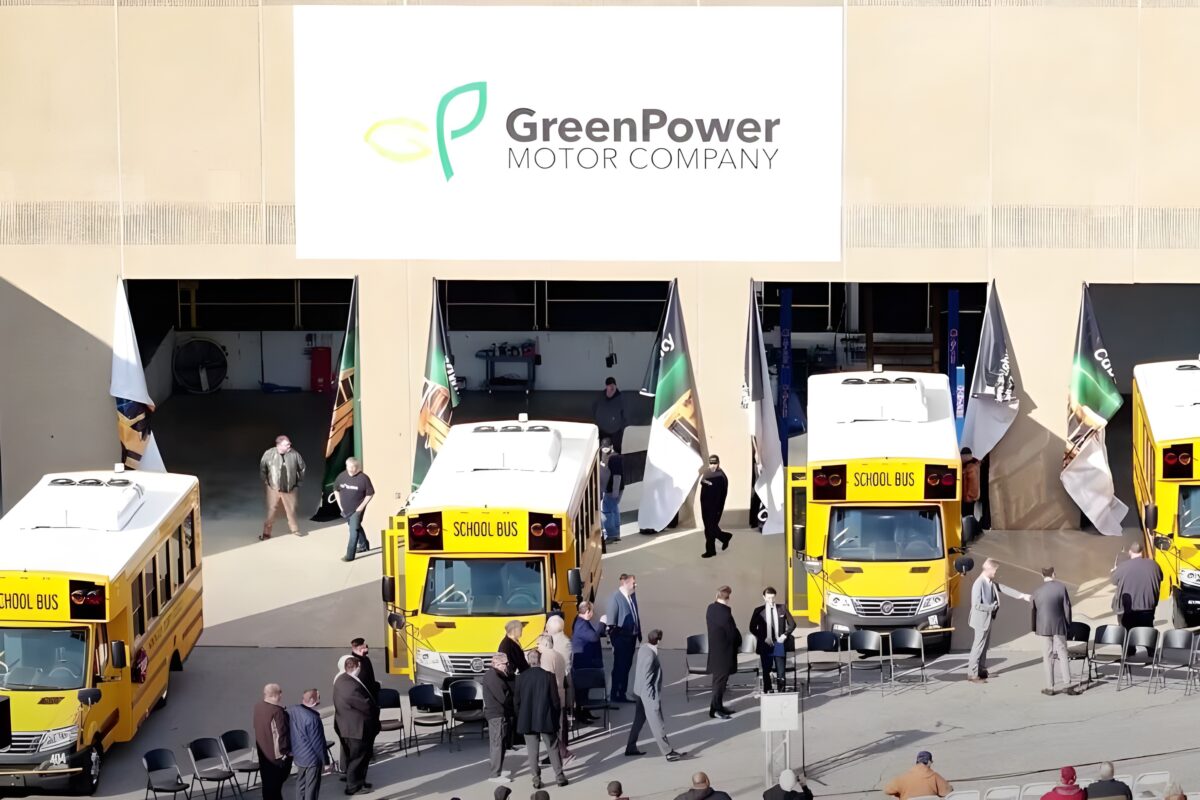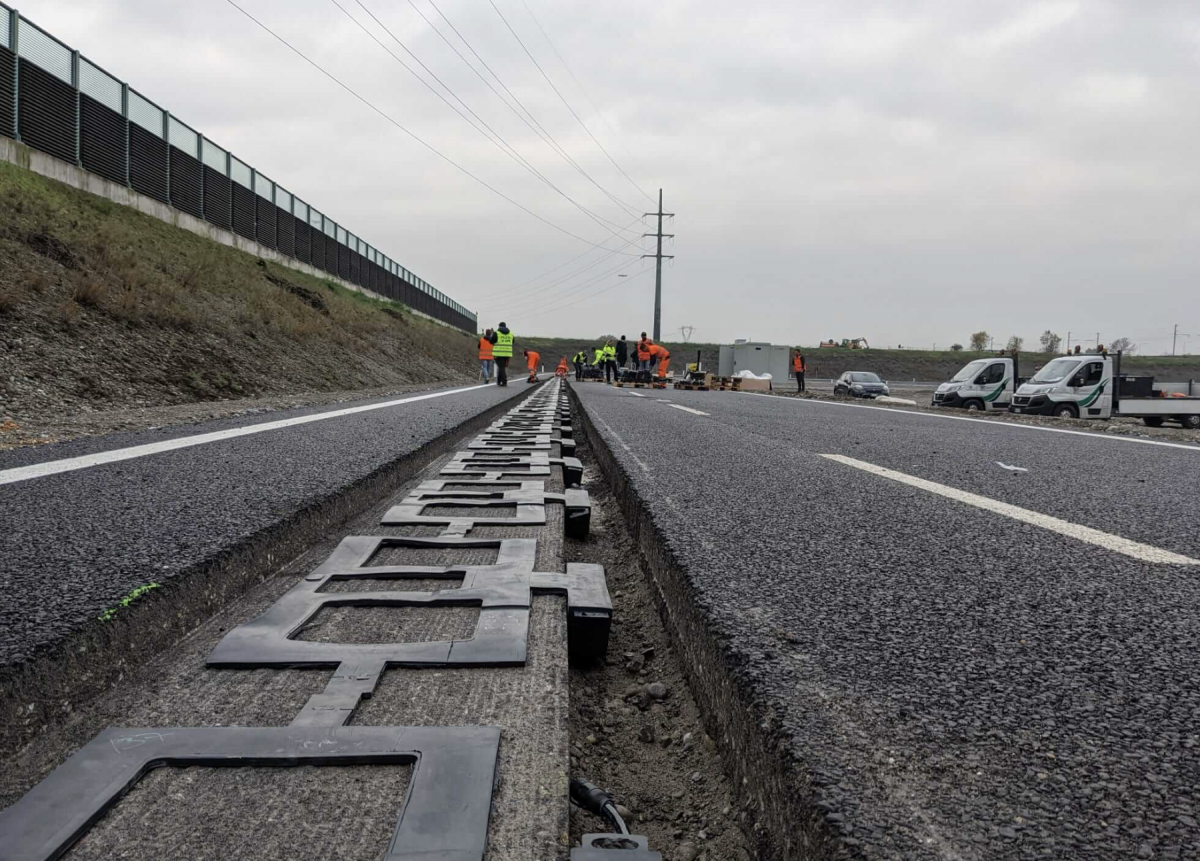 The Indian commercial vehicle market is currently going through one of its worst slowdowns, with sales of trucks and buses on the decline for 23 consecutive months now. Even for a segment that is normally considered fairly cyclical, this decline is seen as something more: a crisis.
The Indian commercial vehicle market is currently going through one of its worst slowdowns, with sales of trucks and buses on the decline for 23 consecutive months now. Even for a segment that is normally considered fairly cyclical, this decline is seen as something more: a crisis.
The fourth annual Automotive World Megatrends India conference brought together stakeholders from the country’s CV industry to discuss the trends that are set to shape the Indian market over the next few years. A panel discussion proved to be one of the highlights of the conference, featuring leaders from Daimler India Commercial Vehicles, AMW, Tata Motors and Scania.

According to Marc Llistosella, Managing Director and Chief Executive Officer of DICV, the Indian CV industry should not be regarded as a one-way street, driven by global manufacturers coming to the country, with the domestic industry following suit. The Indian industry will change in its own time, but that is not to say the global industry will remain unaffected by it.
According to Llistosella, the industry is facing what he calls a “pre-judge”: “When we bring our trucks to Indonesia, Tanzania, Kenya or Sri Lanka, we face a lot of pre-biased judgments. There the judgment is clear – it’s an Indian truck, and that means it is not a judgment that is neutral; it is already negative. I think this will change, the supplier base will be more global.”
In the near future, Asian low-cost trucks will increasingly come from India – not just from China. This, Llistosella says, is because the quality is better in India, and the trucks are much more competitive. Furthermore, he thinks that Indian trucks compete with foreign ones in terms of cost of ownership, fuel efficiency, load patterns and price. India will be used increasingly as a hub, not just as a market to go to. Llistosella went on to state that in the area of frugal engineering, India is the best and has enormous potential.
“The short-term downturn is very unpleasant; it will take some more months. Then we will see trucks that will be more costly, because there will be more safety standards in them. We will see higher horsepower – it’s a myth to say that a higher horsepower engine consumes more fuel. No, it’s the opposite,” Llistosella said at the conference.
“We will see an increase in torque, we will no longer see under-engineered, under-powered trucks climbing ruthlessly high hills and being a public obstacle. We will see less and less of this. We will see the full potential of the market here coming in the next five years. And these factors will have an impact on the global truck industry as well.”
Half a million

Tata Motors, meanwhile, feels that the Indian CV market will get to the half-a-million-unit mark very soon. Ravi Pisharody, President of the Commercial Vehicles business unit, based his optimism on various factors that make India a good growth country, including the size of the population itself, disposable income and an increase in urban lifestyles.
“One trend I think the industry may not like but will have to go through, is that it will have to migrate to a higher cost platform…I think today the industry is far too conscious on the price of the vehicle; that will have to change. The cost of the product itself will become smaller and smaller, compared with the other costs of owning the vehicle,” Pisharody said.
The increase in price will primarily come from various emissions norms and safety regulations that are now coming into force, which will also increase safety features, such as ABS, and efficiency in trucks. Further legislation is expected too, Pisharody observed, such as Bharat Stage IV.
According to Pisharody, today’s market is such that the transporter is actually selling their transportation at the prices of two years ago. “When we talk about the industry not being in good shape, it’s actually everybody – OEMs, vendors, dealers, including transporters. At some point when the demand starts picking up, I think the freight industry will have to pass on these increases. Otherwise it cannot survive,” he says.
“Along with other trends of growth, I think the industry will migrate to a higher cost freight model, otherwise there’s not enough money to go around for the transporters to invest into products.”
China comparison
A. Ramasubramanian, President of heavy truck manufacturer AMW Motors, believes that the Indian heavy duty market should be in the range of 400,000 to 450,000 units in ten years’ time. He acknowledged that most comparisons will go to China, and feels that overall, India will be one-third of everything in China, be it the number of trucks produced, steel production, or infrastructure.
India will have to build infrastructure and, more importantly, start using said infrastructure better. In this regard, Ramasubramanian believes that potential implementation of the Goods and Services Tax (GST) in India will play a significant role, and if enacted, increase the fluidity of transportation, he says.

“I think there is an uncanny reality which people have to grab, that any Indian entrepreneur goes for the lowest cost and highest profitability. Today they are using old and dilapidated trucks, and essentially trying to be able to earn more. I do believe that if you look at areas like mining, where people migrated to better trucks, it happened because it is more profitable. No longer was cost an issue,” Ramasubramanian commented.
According to him, if capitalism is to stay, and the west has grown, it is essentially because profitability has been a motive. This, he says, will be the driving force towards enhancement of trucks in general. An upturn, he feels, is inevitable: “I think the size of trucks is to grow. It’s going to be tractor trailers, going to be more powerful vehicles, more expensive, there will be a higher cost platform consequent to which efficiencies and effectiveness becomes far more important than just fuel efficiency.”
While AMW may be looking at the big picture, Scania is focused on the road ahead. Anders Grundström, Managing Director of Scania Commercial Vehicles India, believes that the volumes transported by road in India will essentially double between now and 2020. The OEM feels that India can be a 400,000 to 500,000-unit market on heavy CVs alone.
“We all see the trend going forward with the hub-and-spoke system in the class A, B and C cities in India, and this will drive the change towards heavy and light CVs. This is what we have seen in Europe and that is what we have seen in the US previously,” said Anders Grundström.
“What that will push also, I feel, with companies like Marks & Spencer, Walmart, Ikea, H&M coming into India, is that they have established logistical chains with 20- and 40-foot containers translating into pallet loading. In a hub and spoke system, this will drive the change from multi-axle hand loaded vehicles in India, to truck and trailer.”



